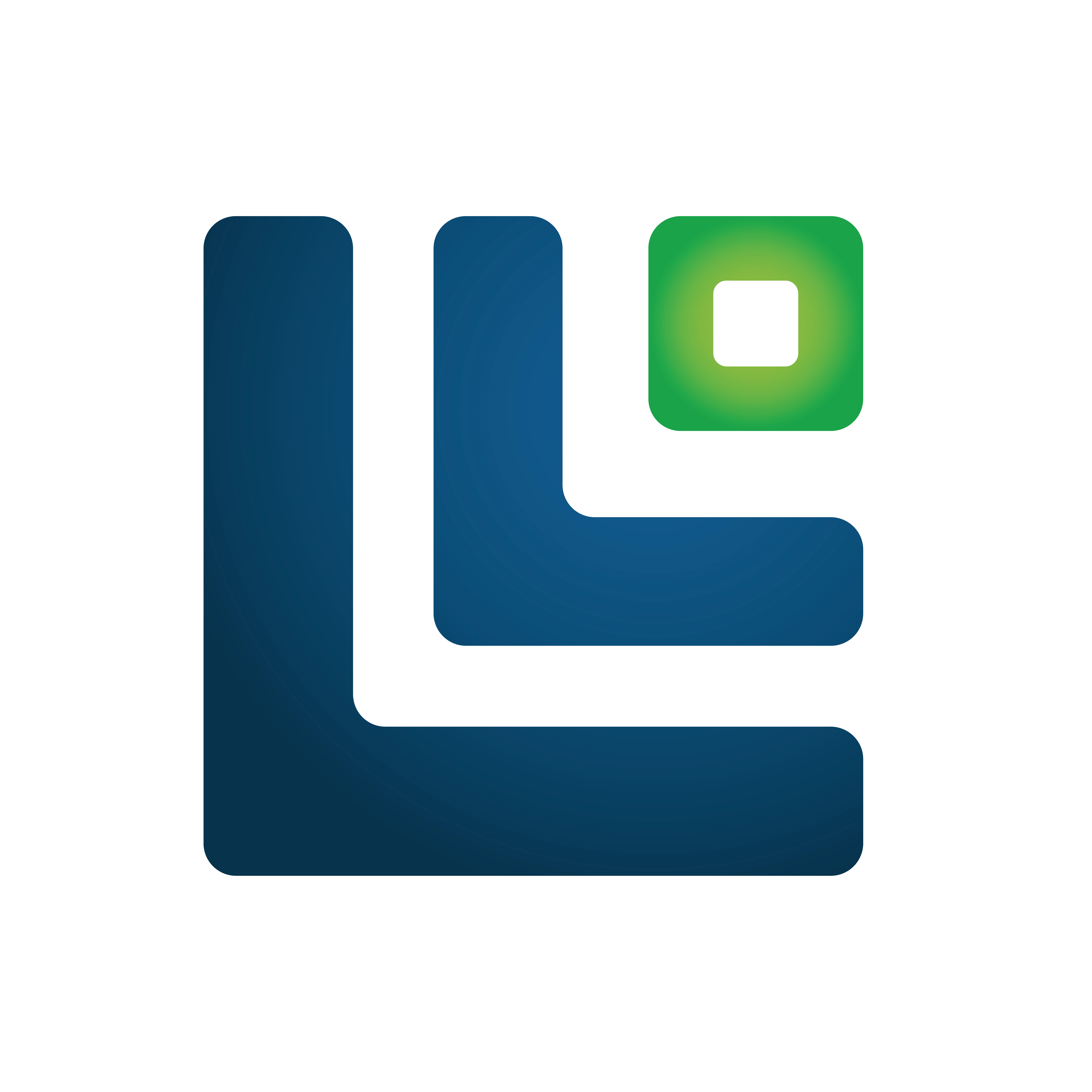Recording patient statistics and outcomes for the sake of comparison has always been important in health care. If your doctor knows what your vitals look like when you’re healthy, they’ll likely recognize when you’re sick (and when you’re getting better). And while these recordings continue to be useful and important, the methods by which health care providers gather data are changing rapidly.
From patient and machinery tracking in hospitals and clinics to the monitoring of daily health and well-being, IoT is poised to take a strong position in the health care market in the coming years. In fact, according to a report mentioned in this Forbes article, the medical Internet of Things (IoT) market is poised to hit $117 billion by 2020.
There’s little doubt that IoT will contribute to individualized health care. This article will explore many of the up-and-coming use cases for IoT in health care, so you can further understand where the industry is headed.
IoT In Hospitals
Patient Tracking
Patient and capital equipment tracking through the use of IoT tagging is one IoT use case utilized in health care facilities. Using low-cost tags can improve health outcomes and operational efficiency. For example, if Patient X is physically in the hospital, health care providers and hospital staff can immediately know where the patient is at all times and seamlessly associate that patient with her medical information. These tags can help health care providers answer the following questions:
- Where is Patient X?
- Why is Patient X being seen?
- Which providers have been talking to Patient X?
- What treatments has Patient X undergone thus far?
A practical example of this kind of tag is best illustrated in the operating room. Today, it’s common practice for surgeons to use a marker to write on the limb—say, a leg—they’re operating on in order to avoid operating on the wrong appendage. This helps avoid mistakes, but it isn’t the easiest or best alternative. With an IoT-enabled tag, surgeons could scan a barcode and immediately know they have the right (not the left) leg to operate on (and the right patient).
Capital Equipment Tracking
Tracking equipment in a hospital is another area IoT impacts. Take, for example, a birthing suite. A great deal of hospital equipment must be readily available during a birth—and while this equipment is usually nearby, it could be misplaced in another room or left behind from a previous birth. Because births don’t always happen according to plan, putting together the necessary equipment has to happen quickly and accurately. If the hospital staff have a way to visualize the location of important devices and machines, they can increase their efficiency and deliver better health outcomes.
Behavioral Monitoring & Health Outcomes
The Centers for Disease Control and Prevention (CDC) states that health care providers wash their hands only 55% of the time after visiting the restroom. And while they may wash their hands before they scrub in or enter a sterile environment, nearly everyone would agree that washing hands after using the restroom is extremely important.
IoT enables behavioral monitoring to track and combat the spread of infections through unsanitary practices. For example, if a nurse goes to the restroom, the hospital could know that he is there and monitor whether or not the water in sink turns on, if soap is dispensed, and if a towel is used.
This is helpful for many reasons. First, it helps hospital administration determine if there is an issue amongst providers and staff with handwashing. If it were shown to be an issue, the administration could make sure those who are not following proper sanitation practices get reminded of its importance, thus enforcing the adoption of this habit. Stricter measures could follow if behavior does not change, as good hygiene is imperative for good health outcomes.
Additionally, health care administrators would want to be able to track vectors of certain pathogens if there were an outbreak of certain types of diseases. IoT monitoring can help identify where people have been and who is most likely infected, so administration can ensure that certain individuals kept away from particular populations.
IoT & Improving Health
Wearable Devices & Improved Well-Being
Health care isn’t focused solely on those who are sick; it’s also about keeping people healthy and improving health. One of the most revolutionary aspects of IoT in health care is the ability to get a full picture of a patient's current health state, which is then passed along to the health care provider. Access to this information allows a health care provider to take important measurements when they matter and see the effects of changes that have been made.
For example, a patient may want to understand the effects of his food choices for weight loss purposes. Right now, the only way a patient can do this is by keeping a log of what he eats every day, and then giving that information to their health care provider or a health or weight-loss app. Unfortunately, this is very time consuming and difficult for the patient, and it is prone to human error, forgetfulness, and, sometimes, wishful thinking about what and how much they eat.
Eventually, if people want to lose weight in a sustainable way or improve their fitness, they’ll be able to use an IoT-enabled device to help them do so. For instance, they may wear smart glasses that record their food choices, the portion size, and the calories, which are then automatically sent as data to an app or to their health care provider. The app or provider can take this information and either run it through data processing or analyze it further to create a plan unique to the individual. The doctor may note, for example, that the patient is eating too few leafy greens and too many carbs. Suggestions for different and healthier choices can be pushed regularly to a smartphone or email account to nudge behavior in a different direction. Using IoT-enabled devices in this process takes out the time and hassle for the patient, and it allows health care apps or doctors to prescribe actionable steps to keep the patient on track toward his or her goals.
This becomes an iterative process for improving health on the whole, especially if the patient has a specific condition. Jumping from the wearables we have today to those that collect this kind of data will take quite a few steps developmentally—but it’s not as far away as you might think.
Privacy Considerations For Medical IoT
Some of the above use cases may sound dystopian—there’s someone or even many people monitoring your actions at all times, and if you don’t monitor this closely, repercussions may follow. With good reason, privacy has been a big conversation with IoT in every industry.
For example, if a device is generating or gathering data about a patient and the data is being transported to medical providers wirelessly, how can you ensure access is granted only to your health care providers? What about hackers gaining access illicitly, or insurance companies raising rates because of your health data? Are there laws in place to keep that information and data private between the patient and medical professional? What about laws and contracts between users and health care applications? These questions and concerns are valid, and there are some scary implications regarding the spread and use of private information like this. This is an area in which the IoT industry must continue to work diligently; clear communication with patients and users will be imperative. (For more information, check out this article on privacy and the Internet of Things from health care IT News.)
Simply put, the more connectivity in use, the more complexity you face. But that’s not to say some individuals won’t share medical IoT information willingly for personal benefit. For example, some frequent travelers go through many thorough background checks and interviews to procure a Global Entry pass to make traveling easier. Following that same line of thought, some individuals may be willing to share data about themselves with insurance companies in exchange for lower rates and premiums. Be sure to watch this topic; you’ll see it more and more as this technology develops.
In Summary
IoT has much to contribute to improved health care. It’s important to note that there are actual economic benefits from improving operational efficiencies in health care settings or about having better data about a person’s vital information over time. Simply put, a hospital that operates efficiently can either make more money or decrease its cost of care. And as wearable IoT devices improve, more people will be able to improve their well-being on a daily basis. We’re looking forward to being a part of these important and innovative solutions.




